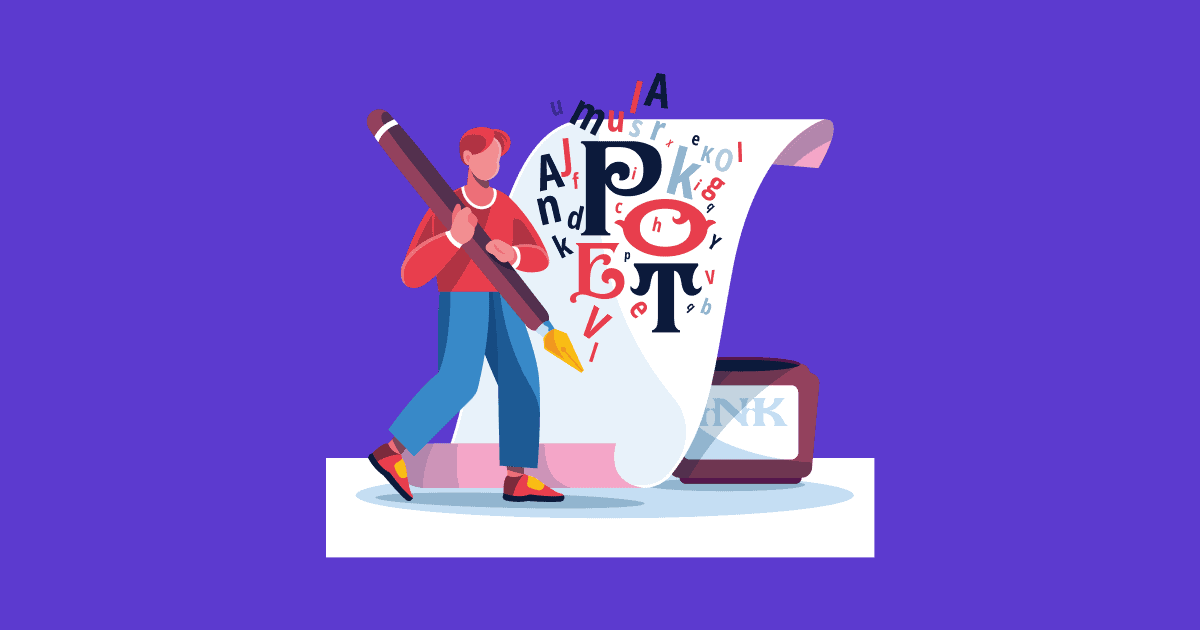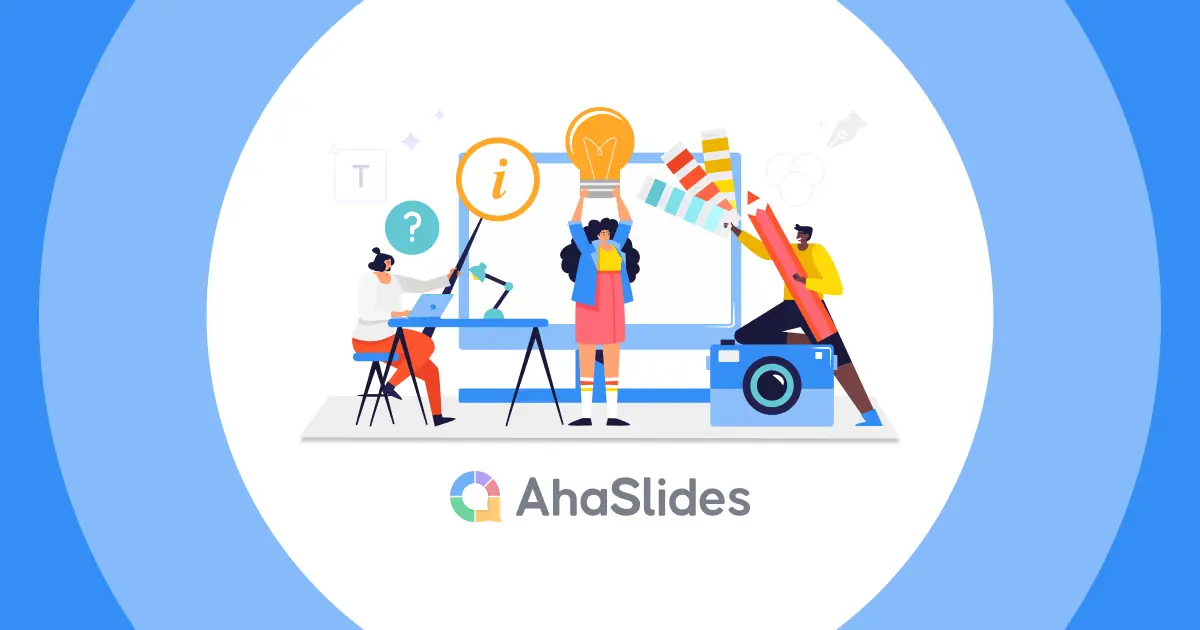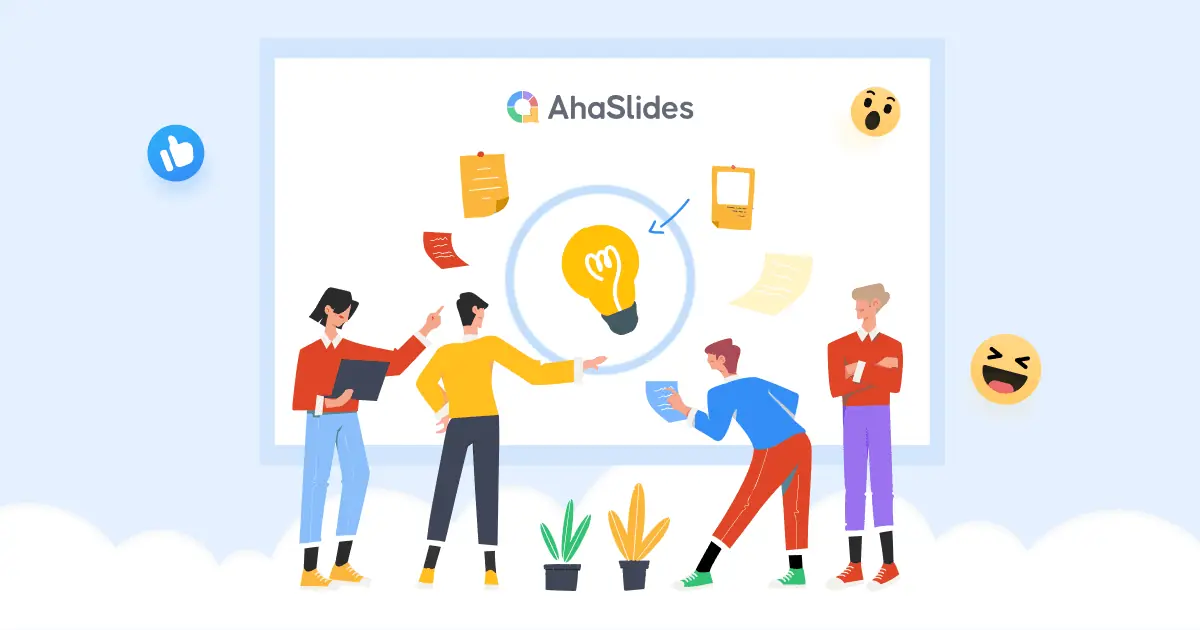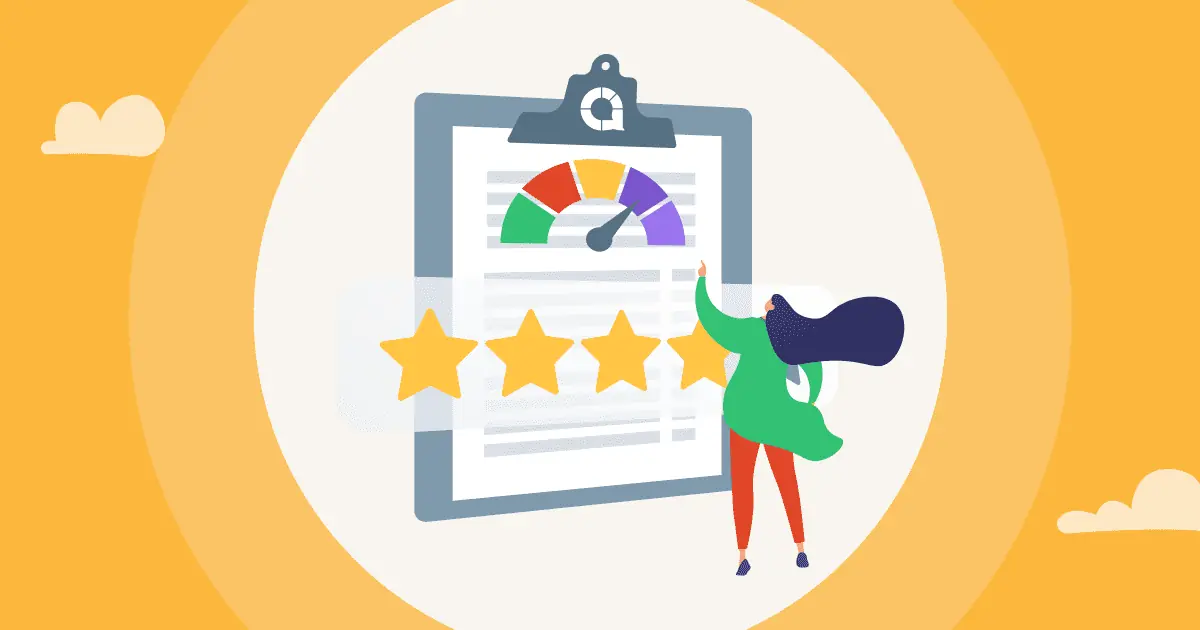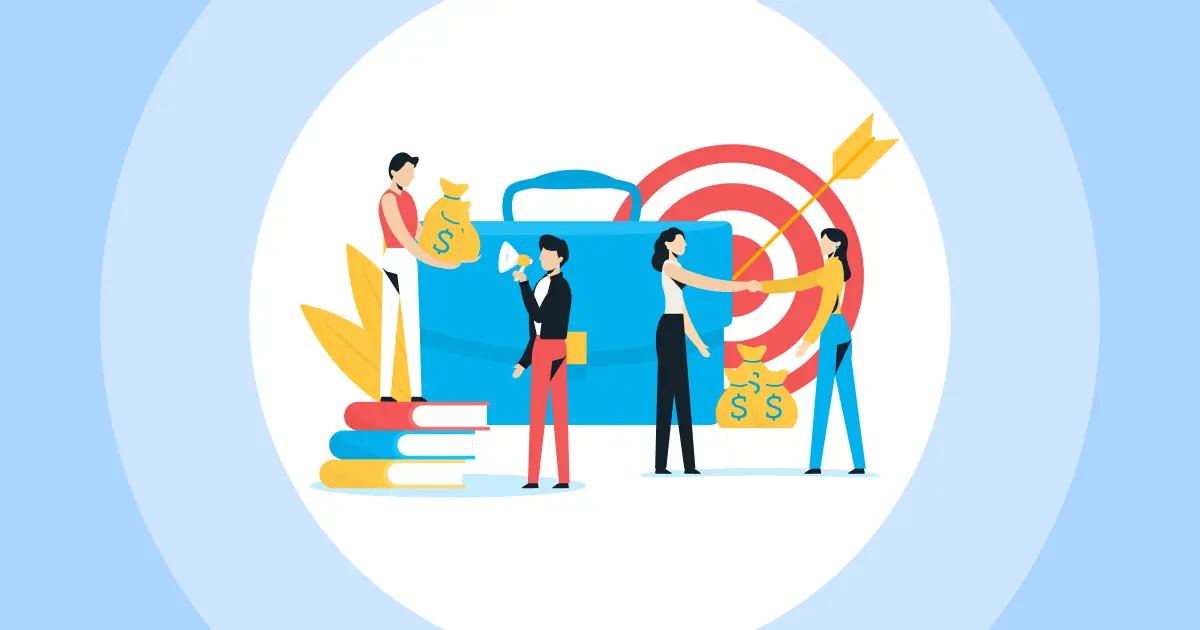What drives top performance? As any savvy manager knows, it isn't just payment - incentive is key.
Yet traditional rewards often miss the mark.
This post will explore novel ways top companies truly motivate, through incentives tailored to individual and team needs.
Read on for some real-life incentives examples to ignite passion and purpose in the workplace.
Table of Contents
- What are The Most Common Employees Incentives?
- Employees Incentives Examples
- Frequently Asked Questions
Tips for Better Engagement

Get your Employees Engaged
Start meaningful discussion, get useful feedback and appreciate your employees. Sign up to take free AhaSlides template
🚀 Grab Free Quiz☁️
What are The Most Common Employees Incentives?

There are many forms of incentives your company could give to the employees to boost engagement and productivity. Here are the common ones:
- Cash/Pay Bonuses - Extra monetary payouts for achieving goals, sales targets, project milestones, and such. It's a very popular and impactful incentive for many employees.
- Benefits - Additional time off, parental leave, health/insurance policies, retirement plans, and education assistance as rewards. Non-cash but valued highly.
- Recognition - Praise, awards, perks, trophies, and public acknowledgement for a job well done. Can boost motivation significantly.
- Promotions - Vertical career moves up the ladder and more responsibility/authority as a long-term incentive.
- Feedback - Regular check-ins, feedback sessions, and coaching for growth and development are motivating for many.
- Flexibility - Perks like remote work options, flexible schedules, or casual dress codes appeal to work-life balance desires.
- Commission/Profit Sharing - A direct cut of profits or sales revenues gives employees an ownership stake.
- Events - Social gatherings, team outings, and seminars provide fun community experiences.
Employees Incentives Examples
Want to give away what really matters to the employees? Check out these incentives examples that are suitable for your business:
Monetary incentives examples
#1. Bonus
This rewards meeting predefined targets within a set time period, like quarterly or annually. Goals must be specific, measurable and realistic to motivate effort. Payout levels vary based on goal attainment.
Companies are also paying retention bonuses if the employees stay for a certain period of time. This is rolled out to keep talents from leaving the company.
#2. Profit sharing
Profit sharing is an incentive distributed to the employees when the company earns profit, varies from 1-10% among staff.
It can be a flat disbursement or weighted by role/tenure. It's there to encourage employees to focus on the company's long-term success.
#3. Gainsharing
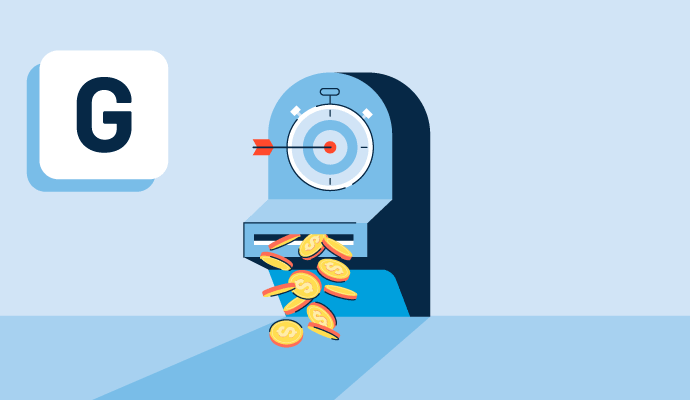
Gainsharing rewards cross-functional teams financially when defined organisational goals tied to productivity and profits are met through combined efforts.
Gainsharing programs typically focus on 3-5 key company metrics that impact overall productivity, costs or profits. These could include things like quality measures, inventory turns, machine uptime percentages, and such.
Baseline data is collected on the metrics over time to set performance goals for improvement. For example, a 10% reduction in defect rates within 6 months.
If the goals are achieved, a pre-set percentage of the financial gains realised from the improvement are distributed among the team members.
#4. Spot awards
Spot awards are generally reserved to reward individuals who go above and beyond in an impactful way that is outside the scope of their normal job duties or predetermined bonus structures.
The situations that warrant a spot award are often unplanned, like finding an innovative solution to an unexpected quality issue or putting in long hours to resolve a critical customer problem.
Awards can range from $50-500 depending on the significance and scope of impact of the achievement. Larger awards up to $1000 may be given for truly exceptional efforts.
#5. Referral bonuses
Referral bonuses incentivise employees to leverage their networks to find qualified candidates.The bonuses range from $500-5000 depending on the role filled. Companies that use this incentive will often get strong applicant pools as a result of staff investment in referrals.
#6. Signing/retention bonuses
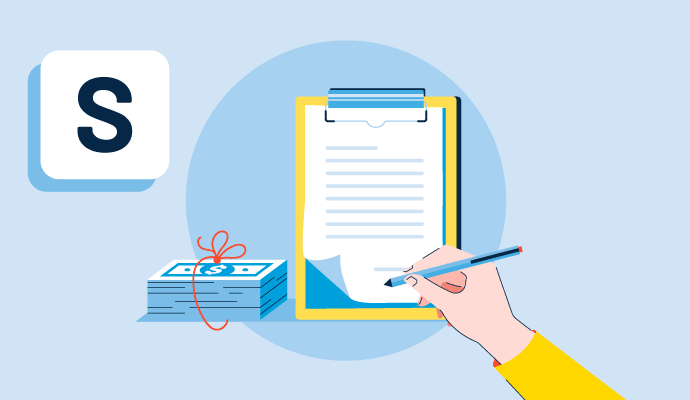
Signing bonuses are usually given to new hires upon being hired to attract top talent in competitive fields.
This monetary incentive mitigates startup and training costs for the employer if new hires stay long enough to generate a positive ROI.
Retention bonuses may also be awarded to high-performing current staff the company wishes to retain. Amounts vary by role and are often paid out annually over the retention period.
#7. Commission
Commission structures are most commonly used in sales roles to directly tie pay to sales performance metrics that are easily quantifiable, such as revenue/order amounts, number of units sold, and new client/customer acquisitions.
Commission rates typically range from 5-20% of the sales amounts/targets achieved, with higher rates offered for surpassing quotas or new business development.
Non-monetary incentives examples
#8. Flex time/remote work

Flex time allows flexibility in scheduling work hours or working remotely part-time which saves commute time and improves work-life integration.
It brings motivation by valuing employees' personal needs.
#9. Additional leave
Perks like extra paid days off beyond standard vacation/sick time allow better rest and recharge.
Unused days that can roll over prevent loss and motivate taking fully paid time to detach from work.
#10. Gamification
Gamification introduces game mechanics like points, levels, or virtual badges/awards to engage employees in achieving goals.
Challenges can be structured as sprints (e.g. increase leads by 20% this month) or long-term quests.
Achievements and point systems make progress and skill-building feel gameful and enjoyable.
Easy Gamification for Boosted Engagement
Add excitement and motivation to your meetings with AhaSlides' dynamic quiz feature💯

#11. Recognition
Recognition comes in many forms from verbal praise to trophies, but a core goal is to visibly value accomplishments.
Public acknowledgement in meetings, emails or newsletters boosts perceived social standing among peers.
Walls of fame and photo displays in common areas create ambient reminders of exemplary work.
#12. Career development
Career development shows employers are invested in employees' long-term learning and career progression within the company.
Funded opportunities like tuition reimbursement, trainings, seminars, mentoring and leadership programs will motivate high performance by linking efforts today to future opportunities and compensation.
#13. Company perks

Company gear (t-shirts, jackets, bags) allow employees to proudly display their affiliation both at and away from work. This fosters brand loyalty.
Office supplies, tech gadgets and subscriptions to tools needed for work make employees more effective and productive in their roles.
Discounts on goods and services like gym memberships, subscriptions, or meals provide everyday savings that make employers look cool and generous.
#14. Wellness programs
Physical and mental wellbeing are increasingly important to job satisfaction and work-life balance.
Onsite gyms, fitness classes or subsidies make regular exercise very convenient right where people spend their days.
Besides health classes, companies also provide free health screenings to evaluate risk factors and catch issues early for the staff.
#15. Fun events
Social events outside work like team retreats, outings and family days encourage bonding and collaboration over competition in a relaxed environment away from tasks.
Activities unrelated to work tasks offer a mental break to recharge without distractions.
Employees may be more inclined to go the extra mile for co-workers they genuinely like on a personal level.
Takeaway
Incentives both monetary and non-monetary play an important role in motivating employee performance and retention.
Companies that understand employees are multifaceted beings and craft motivational programs with care, creativity and choice are most likely to engage talent passionately over the long haul.
Frequently Asked Questions
What are the 4 incentives?
The 4 most effective incentives for employees are 1. Monetary/financial incentives · 2. Recognition incentives · 3. Professional development incentives · 4. Well-being incentives.
What is the most common type of incentive?
The most common type of incentive is financial incentives.
What are examples of incentives you can offer to motivate employees?
There are various incentives you can offer to motivate employees, such as gift cards, bonuses, vacation time, company merchandises and many more.

